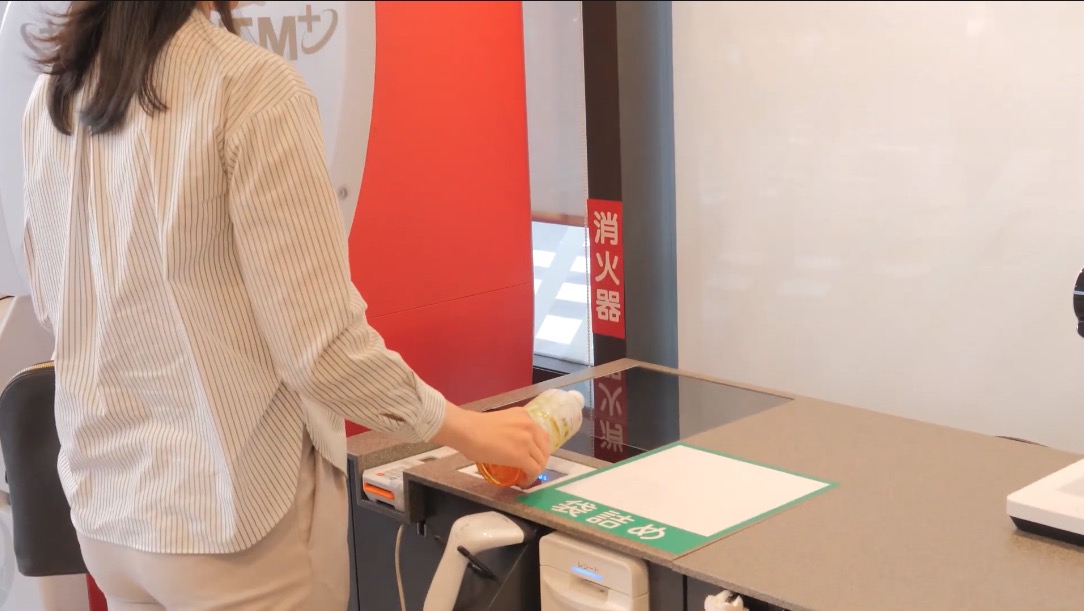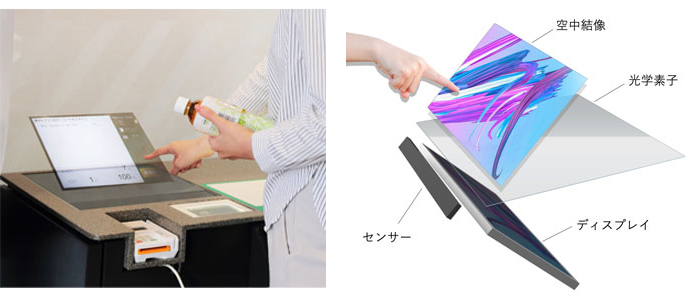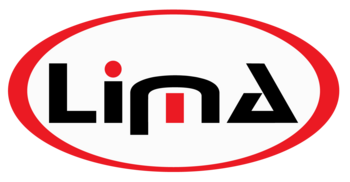Stores in Japan are known for their convenience, but will now be made even more convenient, thanks to a new trial of non-physical contact self-pay via floating holograms that will be piloting 7-Eleven stores next month.
The “Digi POS”, this floating hologram features the world’s first “in the world” non-contact/air display technology for POS cash registers. On January 28th, 7-Eleven shared its first look at the floating hologram device with a video showing how it works, which we can see below.
Aerial displays are still relatively rarely used for public purposes, and are mostly used for services in hotels and offices, or used as digital signage. However, according to Toshiba Tec, which is leading the six-company project, this is the first time the technology has been used in a general retail POS system.
As we can see from the video above, the holographic cash register is very easy to use in transactions. All we have to do is simply scan the product you want to buy…

…and then the touch panel device will appear, visible from the user’s point of view but invisible to others.

We can then proceed to scan for other products or select some additional items such as hot or cold drinks from the menu section, which is a self-service beverage machine at the front counter.
In this demonstration, the user chooses a regular-sized hot coffee and a large-sized hot coffee.

After pressing the “OK” button, the user is directed to a confirmation screen to confirm the order before pressing the orange “proceed to payment” button.

Then all that’s left to do is choose a non-cash payment transaction method, which will then require us to scan a card or smartphone. And that’s it — the purchase is complete.

The floating hologram consists of a screen, an optical element (aerial display plate), and a sensor module for detecting finger movement.

Floating holograms device has been tested at six 7-Eleven branches in Tokyo, as of February 1. Items that can be purchased are currently limited to in-store products, excluding items such as postage, postcards, and services such as courier delivery, utility bill payments, cash vouchers, and top-up balance charging.
The goal of these touchless devices is to reduce the risk of coronavirus infection, although it also has the potential to reduce staff workloads in the future. Here it is hoped that customers will use the system honestly so that they can see more of these devices appearing in every store located across Japan.
Source : https://japantoday.com/
